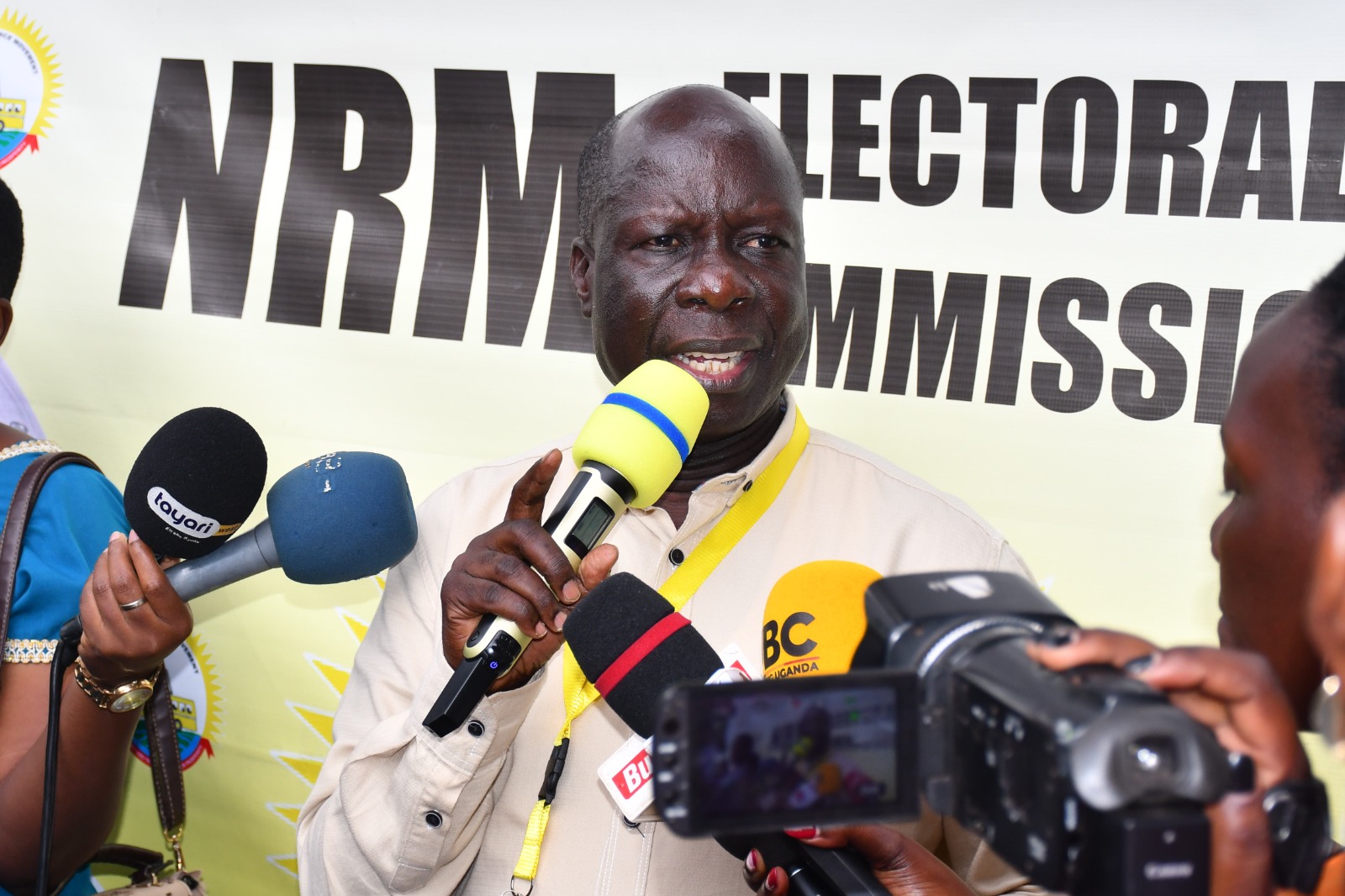CEC, ZESCO Boost Partnership to Lead Zambia's 'Solar Explosion - The Zambian Observer
*CEC, ZESCO Boost Partnership to Lead Zambia’s ‘Solar Explosion*
Copperbelt Energy Corporation (CEC) and ZESCO are taking their relationship a notch higher by teaming up to accelerate Zambia’s ‘solar explosion’ through the joint development of identified solar PV sites across the country, according to top officials.
In line with President Hakainde Hichilema’s directive to increase the country’s solar footprint, Zambia is targeting the addition of 1,000 megawatts (MW) of solar-generated power by the end of this year to provide a buffer for the hydroelectric power (HEP) stations, which have become vulnerable to droughts, resulting in reduced power generation capacity.
CEC and ZESCO are leaders in solar PV development in the country.
Currently, CEC has an installed solar photovoltaic (PV) capacity of 94MW , with firm plans to expand it to 230MW by the first quarter of 2026 upon completion of the 136MW Itimpi II project. Last month, ZESCO commissioned the 100MW Chisamba Solar PV plant, the first-ever solar project delivered by the state power utility, and plans to double this capacity by next year are also advancing.
Speaking during a panel discussion at the inaugural Invest Zambia International Conference at Mulungushi International Conference Centre, under the theme “Sustained Investment in the Energy Sector – Trends and Opportunities”yesterday, CEC Head of Investments & Government Relations, Silvester Hibajene, said Zambia needs to leverage the strengths of both the private sector and public institutions to accelerate investments in the development of renewables.
“We are in advanced discussions with ZESCO on a model to invest together in a number of solar projects across the country. CEC has already completed quite a number of solar projects, so we have good experience in this area. We have delivered three projects so far, with the most recent being Itimpi I last year. Right now, we’re building another large project, Itimpi II, on the Copperbelt, which will be 136MW and is scheduled for completion by the first quarter of next year,” Hibajene told delegates and investors in the fully packed hall in the Kenneth Kaunda wing.
“So, by leveraging that experience and collaborating with our colleagues at ZESCO, we want to do more together through a public-private partnership (PPP) model – which means the private sector brings in its knowledge, skills, and efficiency in delivering projects, and we share risk with the national utility. That way, we have a well-defined structure to ensure the project is delivered on time.”
And ZESCO Managing Director Justin Loongo said the state power utility wants to partner with the private sector to accelerate developments in renewables, adding that “traditional” methods of infrastructure development no longer support the government’s ambitions to address the infrastructure gap.
Loongo said that, apart from the 100MW Chisamba II Solar PV power plant, whose construction is planned for next month, ZESCO has also identified sites for additional 100MW peak solar PV plants.
The identified sites are in Siavonga, Chipata, the Kafue Gorge Lower HEP area, Mumbwa, and Kasama.
“We are going to roll out these hundred-megawatt solar plants until we reach a point where the system says, ‘We can only take so much solar without creating grid instability.’ If we notice that we are causing any instability to the grid, then we’ll say, ‘We should probably hold on,’” Loongo said.
He added that as ZESCO increases its footprint in solar PV development, the corporation is also aggressively identifying HEP projects in the rain-abundant northern parts of Zambia to provide the much-needed base load to support the solar PV expansion.
Loongo said that to address the current electricity shortage, ZESCO is exploring all available financing options and partnerships with independent power producers as well as power traders.
“We are not using traditional ways of financing because they take too much time. For example, to get financing from the African Development Bank or World Bank using traditional methods, it would take no less than four years. But with these creative initiatives—for example, the 100MW Chisamba solar plant—we used Stanbic and were able to secure that financing in under one year, which you cannot achieve with traditional financing models,” said Loongo.
You may also like...
Diddy's Legal Troubles & Racketeering Trial

Music mogul Sean 'Diddy' Combs was acquitted of sex trafficking and racketeering charges but convicted on transportation...
Thomas Partey Faces Rape & Sexual Assault Charges

Former Arsenal midfielder Thomas Partey has been formally charged with multiple counts of rape and sexual assault by UK ...
Nigeria Universities Changes Admission Policies

JAMB has clarified its admission policies, rectifying a student's status, reiterating the necessity of its Central Admis...
Ghana's Economic Reforms & Gold Sector Initiatives

Ghana is undertaking a comprehensive economic overhaul with President John Dramani Mahama's 24-Hour Economy and Accelera...
WAFCON 2024 African Women's Football Tournament

The 2024 Women's Africa Cup of Nations opened with thrilling matches, seeing Nigeria's Super Falcons secure a dominant 3...
Emergence & Dynamics of Nigeria's ADC Coalition

A new opposition coalition, led by the African Democratic Congress (ADC), is emerging to challenge President Bola Ahmed ...
Demise of Olubadan of Ibadanland
Oba Owolabi Olakulehin, the 43rd Olubadan of Ibadanland, has died at 90, concluding a life of distinguished service in t...
Death of Nigerian Goalkeeping Legend Peter Rufai

Nigerian football mourns the death of legendary Super Eagles goalkeeper Peter Rufai, who passed away at 61. Known as 'Do...




